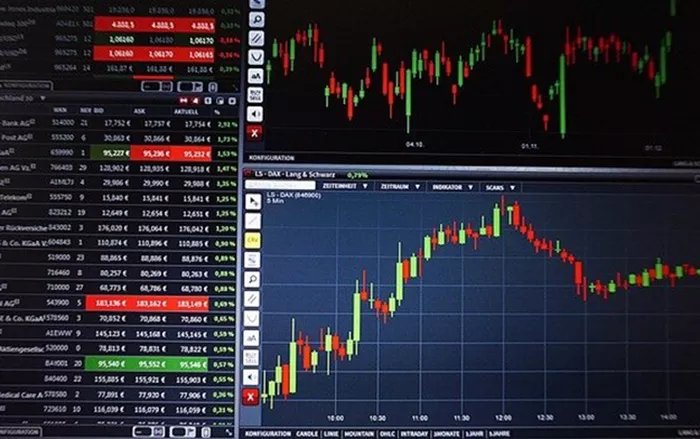Thailand’s $77 billion social security fund, crucial for healthcare, unemployment benefits, and pensions for 25 million workers, is embarking on a significant investment shift. To address underperformance and rising demands from an aging population, the fund will allocate $11.6 billion to global private assets.
Need for Change
The fund has struggled with average returns of under 3% over the past decade, falling short of its potential. Petch Vergara, an investment board member and former Goldman Sachs executive, emphasized the unsustainability of the fund’s heavy concentration in domestic, low-risk investments. “At this rate, the fund could go bankrupt by 2051,” she warned, highlighting the need for diversification.
Demographic Challenges
Thailand’s demographic landscape is shifting, with one-fifth of its 66 million citizens aged over 60, a significant increase from 10% two decades ago. The number of individuals over 60 has doubled from 6.2 million in 2004 to 13 million by the end of 2023. This demographic trend underscores the urgent need for a sustainable financial strategy.
Board Reform and New Strategy
A recent transformation in the fund’s board composition has paved the way for this aggressive investment strategy. Following elections in December, two-thirds of the 21-member board were newly elected, including many nominated by labor groups and a progressive party advocating institutional reforms. The board has approved a new investment framework set to begin in 2025, which aims to reduce low-risk assets from 70% to 60% and increase higher-risk investments from 30% to 40% over the next two and a half years, with a goal of achieving a 50-50 split by mid-2027.
Investment in Global Private Assets
Of the higher-risk investments, 15%, or approximately $11.56 billion, will be directed toward global private assets, including private equity, private credit, and hedge funds. “The idea is to make the portfolio more global to find more returns in the long term,” Petch noted.
Comparative Returns
A 2023 study by the Thinking Ahead Institute revealed that pension funds with a diversified portfolio of 60% global equities and 40% global bonds averaged an annual return of 7.7% over the past five years. In contrast, Thailand’s social security fund achieved an average return of only 2.7% during the same period, highlighting the need for a strategic overhaul.
Addressing Future Demands
Experts have long called for changes to meet the growing demands of an aging population. With projections indicating a future deficit by 2045, where more individuals will withdraw from the fund than contribute, the urgency for high returns is clear. Worawan Chandoevwit, a social security advisor at the Thailand Development Research Institute, emphasized, “High return is key in the long term to ensure the long-term viability of the fund.”
Conclusion
In light of its historical challenges with management and performance, the Thai social security fund’s shift towards global private assets marks a critical step in addressing both current and future demands. Effective governance and a focus on high returns will be essential to ensure the fund’s sustainability amid an increasingly aging population.
Related Topics:

